What’s new?
Welcome to my website. On this page I will post summaries and updates. (Last change 15/9/2017)
—————-
See the TED-ED educational video which I scripted about the Voynich manuscript. I discuss the making of the video here:
Here is the video itself. I hope you find it interesting:
There is also a lesson about it for use in education, which you can see here:
http://ed.ted.com/lessons/the-world-s-most-mysterious-book-stephen-bax
—————-
See a new post from Darren Worley on a word in folio v77 롤러코스터2 다운로드. Thanks Darren.

—————-
See a discussion of a new theory by Andrés Eloy Martinez concerning folio 68r as the possible representation of an eclipse in 1409
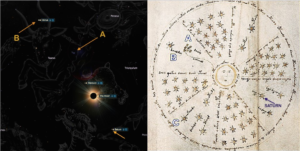
—————-
See an interesting new post by Darren Worley regarding the strange symbol on folio 57v.

—————-
See a fascinating new discussion by Marco Ponzi on folio 68r3 of the Vonich manuscript, and a possible Indian parallel
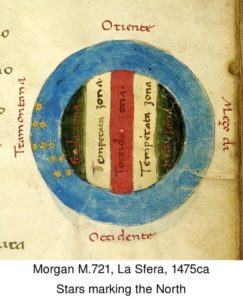
—————-
For those who are curious, I notice that this website has now reached more than 200,000 unique visitors since it was started in 2014 (i.e Production x101 4. not counting repeat visits). Of course this is testament to the power and fascination of the Voynich manuscript, and not to my personal allure 🙂 .
For a quick summary of where I stand on the Voynich manuscript see here.
—————-
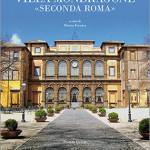 René Zandbergen has kindly contributed this interesting review of a recent discussion of the Voynich Manuscript 콩순이 4기 다운로드.
René Zandbergen has kindly contributed this interesting review of a recent discussion of the Voynich Manuscript 콩순이 4기 다운로드.
I have also recently added a new post about approaches to decoding the Voynich manuscript.
See a wonderful discussion by Marco Ponzi of the pictorial aspects of the Voynich Zodiac pages iptime driver. (Feb 2016)
See a fascinating  discussion of the ‘Gemini page’, f72r2, written by Darren Worley and Marco Ponzi.
See a superb and detailed discussion of the f73v Sagittarius page produced by Marco Ponzi and Darren Worley – many thanks Kim Mi-kyung.
See a ‘multispectral image’ of f71r, one of the Zodiac pages.
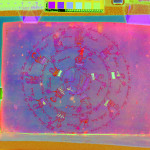 “See this recent discussion by Rene Zanbergen about analysing the cover of the Voynich manuscript Download the Bangkok map.
“See this recent discussion by Rene Zanbergen about analysing the cover of the Voynich manuscript Download the Bangkok map.
See a new discussion of a possible broccoli plant provided by Dr. Ramiro Gianinazzi.
Is this a pangolin on Voynich f80? See a new post with ideas from Jose Serrano.
See an interesting discussion by Marco Ponzi on the Voynich Rosettes page hashtag.
Have a look at this short video with some interesting images of the Voynich manuscript and some commentary by Bill Sherman, a Renaissance scholar and curator of the recent exhibition at the Folger Library.
1. Applied Linguistic research: Â Find out about my research in general here 출동 케이캅 다운로드. Also use the menus above to find out other areas of my work.
2. Voynich manuscript research update:
[table id=25 /]
- Voynich plants: See a detailed and professional discussion of Voynich plants contributed by an anonymous Finnish biologist. In my view this should be required reading for anyone interested in the plants in the Voynich manuscript. To my mind it gives a fascinating new insight into the mind of the people who created the plant drawings 천재교육 국어 교과서 다운로드.
Then look at the extensive and expert discussion of specific Voynich plants  by the same author. More added recently. Thanks to him for his work.
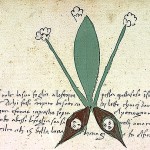
-  I have now created a  section devoted to Mediaeval herbal manuscripts and another small one on Voynich stars which you might find interesting 사랑 범벅 다운로드.
-  Following my provisional identification of a number of plants and proper names in my Feb 2014 paper, I have now added two more provisional identifications and names. See my full analysis of page 6v, with a proposed identification of the castor oil plant, Ricinus communis, together with analysis of the first word of the page as relating to, and perhaps deriving originally from, the Arabic. Secondly, see a possible identification of the Marsh mallow (plant 5v) (Althaea officinalis) with a name in the Voynich manuscript which appears possibly to derive from Persian. This second still awaits more detailed research but I feel it is a strong possibility.
See also:
-  I’ve now posted an area for discussion of Voynich plants, to get your feedback on the plants and their possible names.
Thanks
Stephen Bax
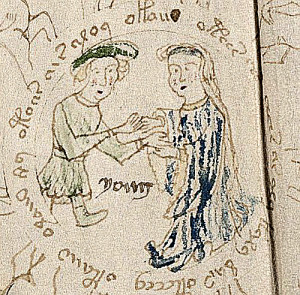
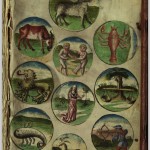
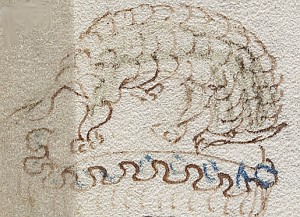
Recent comments